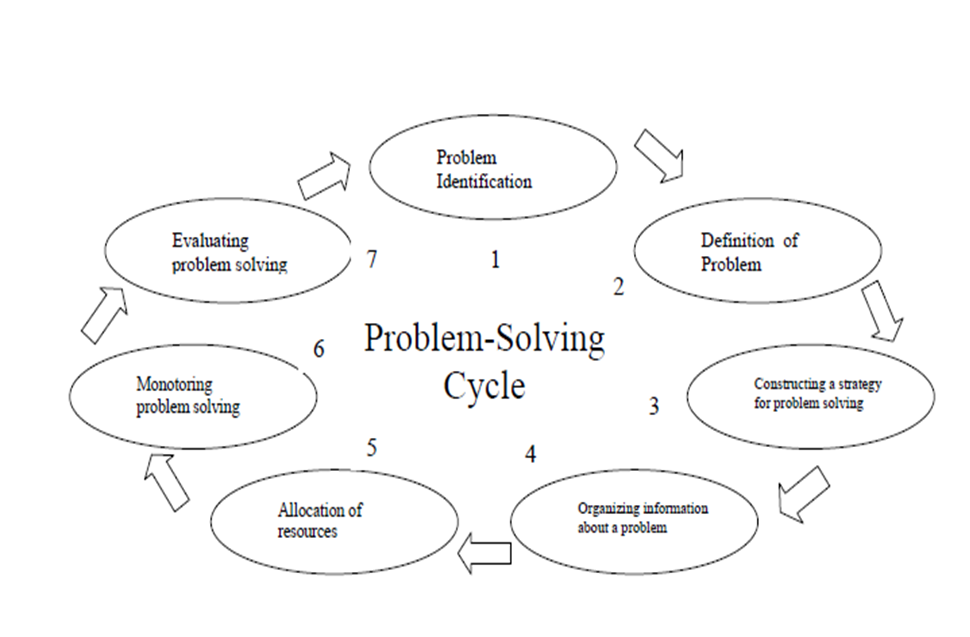

The proposed SNA-based risk management approach can provide a structured framework for researchers and practitioners to effectively and efficiently track and control these interactive stakeholder-associated risks through the life cycle of PBPs. This is the first study that considered dynamic risk interactions and related stakeholders to manage risks within the life cycle of PBPs. Based on the network analysis results, the major challenges in PBPs were discussed, and responding strategies to address these challenges were proposed accordingly. A network simulation revealed the significant effects of key risks and interactions on network complexity. Key risks and important risk interactions were deciphered by calculating multiple SNA metrics, and they were classified into ten major challenges that must be addressed. A focus group meeting with experts was conducted to quantify the interrelations between the risks. Stakeholder-associated risks in the life cycle of PBPs were investigated based on a systematic literature review and interviews with critical stakeholders. Therefore, using China as an example, this study employed social network analysis (SNA) to establish a risk network throughout the PBP life cycle to prioritize stakeholder-associated risks and risk interactions. In practice, these risks embedded across the life cycle of PBPs are associated with various stakeholders and interact with each other. Previous studies on risks in PBPs primarily concentrated on what types of risks exist and how they affect project performance while considering the risks in isolation from each other. Such complexity results in potential risks that pose new challenges to the success of PBPs. Prefabricated building projects (PBPs) introduce not only positive changes to the construction process but also complexity in project implementation. Sustainability has recently become popular in the prefabricated construction industry worldwide, particularly in terms of developing cleaner production methods to improve energy savings, emissions reduction, and environmental protection.


 0 kommentar(er)
0 kommentar(er)
